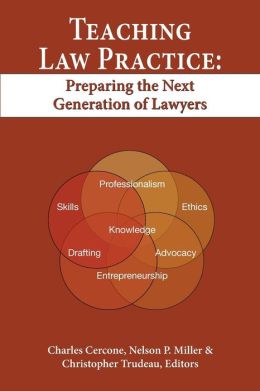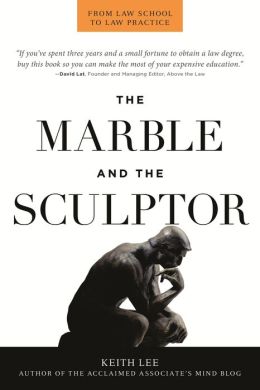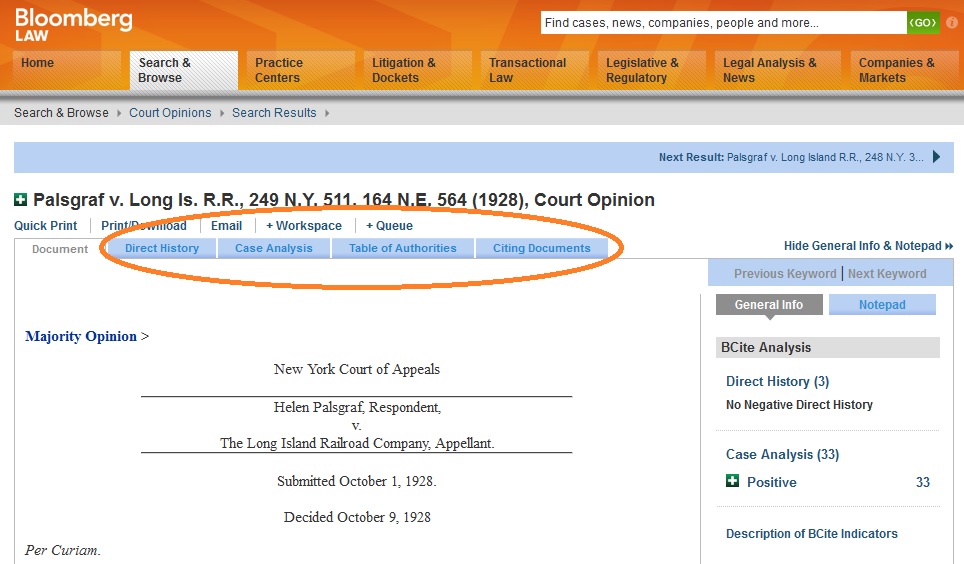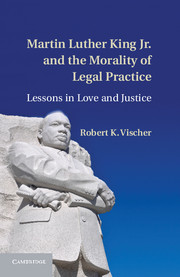The Court of Justice of the European Union (CJEU), Europe’s highest court, ruled that website owners can hyperlink to “freely accessible” copyrighted material without seeking rights holders’ permission. The decision in Svensson and Others v Retriever Sverige AB arises out of a case from Sweden’s Court of Appeal that is of interest to Internet users as it deals with the mechanism holding the web together. The dispute involved Retriever Sverige AB, an Internet-based subscription service that indexes links to articles found elsewhere online for free. It posted links to articles published on a newspaper’s website. The articles were written by Swedish journalists. Retriever took the position that it did not have to compensate the journalists for linking to their articles and that embedding the links within its site did not constitute to copyright infringement. The journalists, on the other hand, felt that Retriever, by linking to their articles, had “communicated” their works to the public without permission. The journalists took their case to the Stockholm District Court where they lost their case in 2010 and decided to take the case to appeal. From there the Svea Court of Appeal sought advice from the EU Court.
The CJEU wrote: “In the circumstances of this case, it must be observed that making available the works concerned by means of a clickable link, such as that in the main proceedings, does not lead to the works in question being communicated to a new public. The public targeted by the initial communication consisted of all potential visitors to the site concerned, since, given that access to the works on that site was not subject to any restrictive measures, all Internet users could therefore have free access to them. Therefore, since there is no new public, the authorization of the copyright holders is not required for a communication to the public such as that in the main proceedings.”
The ruling makes clear that while publishing a link to freely available content does not amount to infringement, there are circumstances where that would not be the case. “Where a clickable link makes it possible for users of the site on which that link appears to circumvent restrictions put in place by the site on which the protected work appears in order to restrict public access to that work to the latter site’s subscribers only, and the link accordingly constitutes an intervention without which those users would not be able to access the works transmitted, all those users must be deemed to be a new public,” the Court wrote. The decision is good news for those who want to embed a YouTube video in a blog or Facebook page, and bad news for those who feel that embedding should result in the payment of a licensing fee.
 The Brooklyn Law School Library has in its collection Peer-to-Peer File Sharing and Secondary Liability in Copyright Law by Alain Strowel (Call #K1420.5 .P44 2009). Chapter 3, titled Secondary Liability for Copyright Infringement with Regard to Hyperlinks, states:
The Brooklyn Law School Library has in its collection Peer-to-Peer File Sharing and Secondary Liability in Copyright Law by Alain Strowel (Call #K1420.5 .P44 2009). Chapter 3, titled Secondary Liability for Copyright Infringement with Regard to Hyperlinks, states:
“Without hyperlinks, the World Wide Web would not be so compelling. Hyperlinks are, in a way, the threads with which the Web is spun. Instead of users getting tangled in information overload, they find what they are looking for by following links for further reference. Without these links, and without the search engines based on hyperlinking, the information posted online would lose much of its value as it would not be easy to find.
Despite their clear utility, hyperlinks can raise legal liability issues in certain circumstances.”

 This coming weekend, on February 8 and 9, Brooklyn Law School’s Brooklyn Law Incubator & Policy (“BLIP”) Clinic along with other groups, is organizing a Data Privacy Legal Hackathon. The event will take place in three locations: Dumbo (Brooklyn), London, and San Francisco. Participants will compete in a weekend-long hackathon to create tools that solve common legal problems in the field of data privacy.
This coming weekend, on February 8 and 9, Brooklyn Law School’s Brooklyn Law Incubator & Policy (“BLIP”) Clinic along with other groups, is organizing a Data Privacy Legal Hackathon. The event will take place in three locations: Dumbo (Brooklyn), London, and San Francisco. Participants will compete in a weekend-long hackathon to create tools that solve common legal problems in the field of data privacy. The first of these,
The first of these,  The second book,
The second book, 


 Brooklyn Law School students, faculty and staff can access the
Brooklyn Law School students, faculty and staff can access the